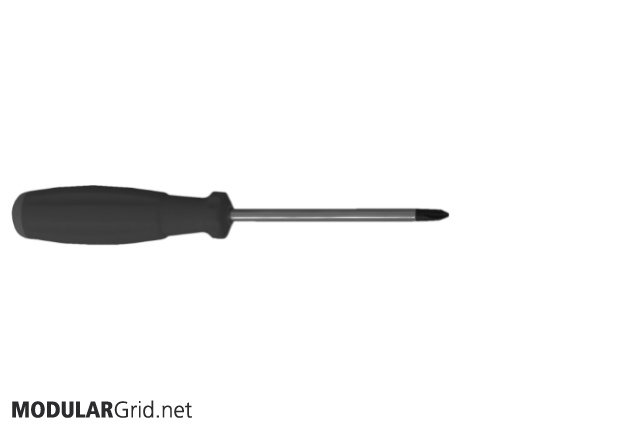Hi Nickgreenberg,
Sorry about my rushed-off reply from yesterday night, I was about to go to bed but I wanted to give you a first reply. Thanks again for your feedback as well as for your kind remarks, much appreciated :-)
Regarding your first point about shortening the report, indeed that seems to be the good way forward, similar feedback received already and together with Plragde looking into this. I think I follow up here on the advice from Plragde to split the document; I still need to work out that idea a bit more and I might need to update my website for that a bit but I think I will go that road yes. Still the contents of it I will leave for the moment about the same, naturally feedbacks that I receive and those that I consider worthwhile to implement, I will do so accordingly.
Then about the speed... hmm yes, what I did is, I made a very extensive template for my review reports. So the large "text" work has already been done, so that part is mostly copy/paste however for every module I have to check the about 200+ parameters that might be different for each module. Then the functionality (chapter 5) is different for each module or might be different and that needs to be fine tuned to the functionality of the module that I am reviewing. Similar for chapters 4 and 6 and of course the summarise chapter 2.
About your second point, I explained that already yesterday to you. Yes, if I would have more time I could do a video as well. On the other hand, as already explained, I do think there are already enough videos available on Youtube ;-) But perhaps in the far future I might change my mind about this matter. Let's see.
Your third point, has some overlap with the speed matter from your first point; so for that please refer to my reply to your above first point. About more interesting modules, ha, ha, yes I certainly understand your point here, as also already explained yesterday, over time I will build up my experience (I hope at least I will) and then slowly and step by step I will look into the more interesting and complicated modules, however that will take its time.
Yes, that list of Doudoroff's sequencers is great, isn't it? Very good point :-) That's in the future "already covered" in my review reports in paragraph 5.5 - Comparing this module with other modules; currently marked as a placeholder only. Once I have more time, I am going to look into that and come up with a template for that paragraph as well as I need to have enough modules with one and the same functionality to be able to compare them with each other. This is something I definitely want to work on, not sure how soon but that's one of my priorities! Thanks a lot for pointing this out :-)
He, he, 15 minutes to check out a module? :-) Isn't that a bit (too) short? :-) Not that I want you to force into anything else other than what you prefer to do of course. For a simple module like a Doepfer A-140 ADSR or Doepfer A-145 LFO I might indeed also look only an hour or so into it, however for me at least, the other extreme is the Vector (Five12) sequencer over more than a year-and-a-half time span I think I spend certainly a month perhaps even two months (in total and let's say a few hours per day) time to investigate sequencers, checked that Doudoroff's list and checked almost all interesting sequencers. For me choosing a good sequencer was so far the most intensive research and most difficult decision. Luckily the Vector plus expander doesn't let me down, it's a great sequencer by the way.
Don't get me wrong here, point taken from you, this is very valuable information for me to understand the reader better. So lesson learnt for me: I need to focus on keeping the review report as compact as possible, so a quicker check for the reader is easier and better possible. In that sense, thanks a lot for your input :-)
The "what's in it for me" I answered already, to summarise that, this is for me a fantastic hobby and for a fantastic hobby I don't mind to spend tons of time :-)
Thank you very much, I hope with my style of answering I don't frighting you off and I hope you keep coming with your feedback in the future if you notice anything that's worth letting me know. Till then, I wish you a good weekend, enjoy modular and kind regards, Garfield.


